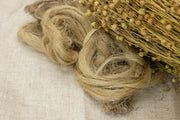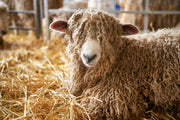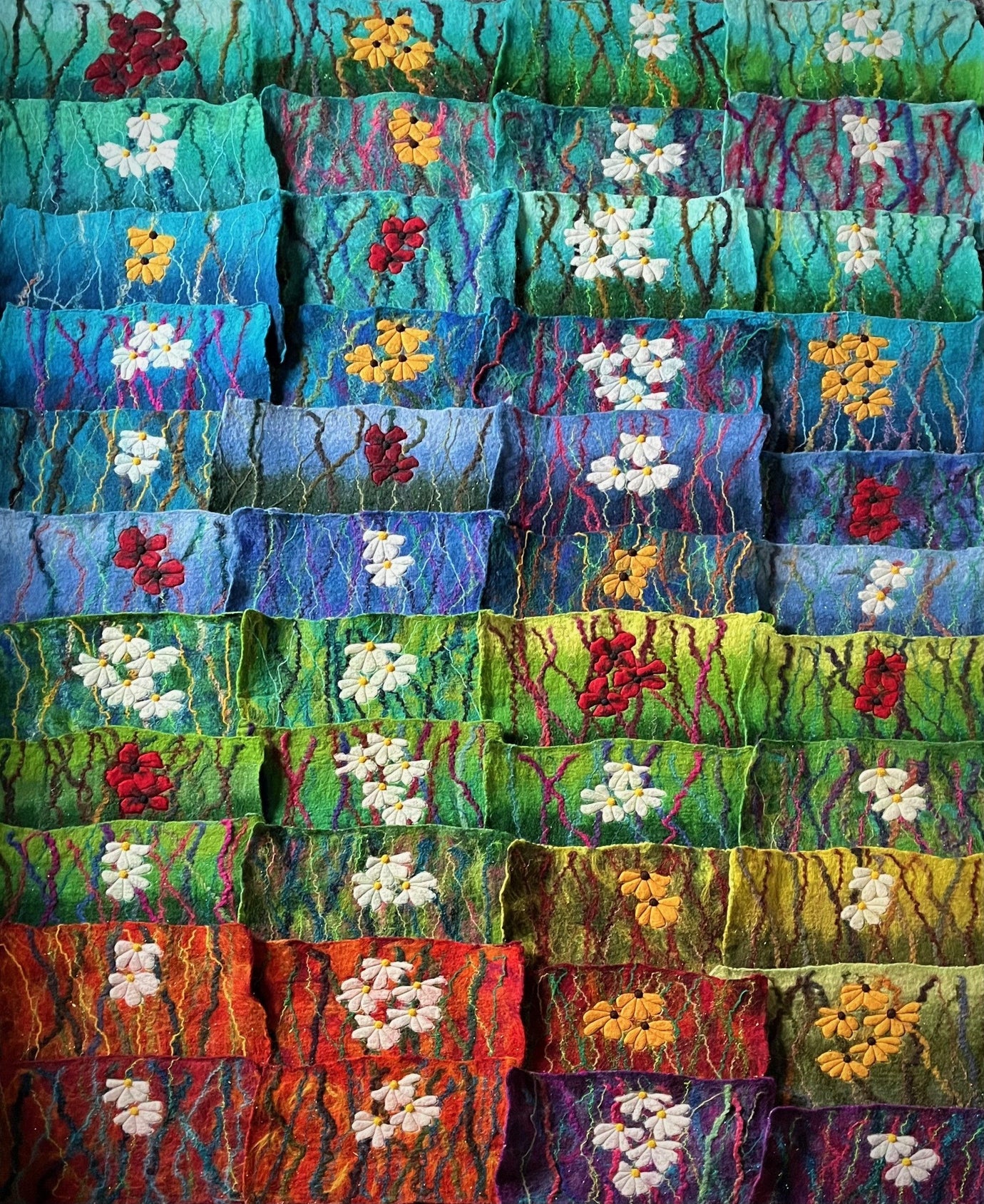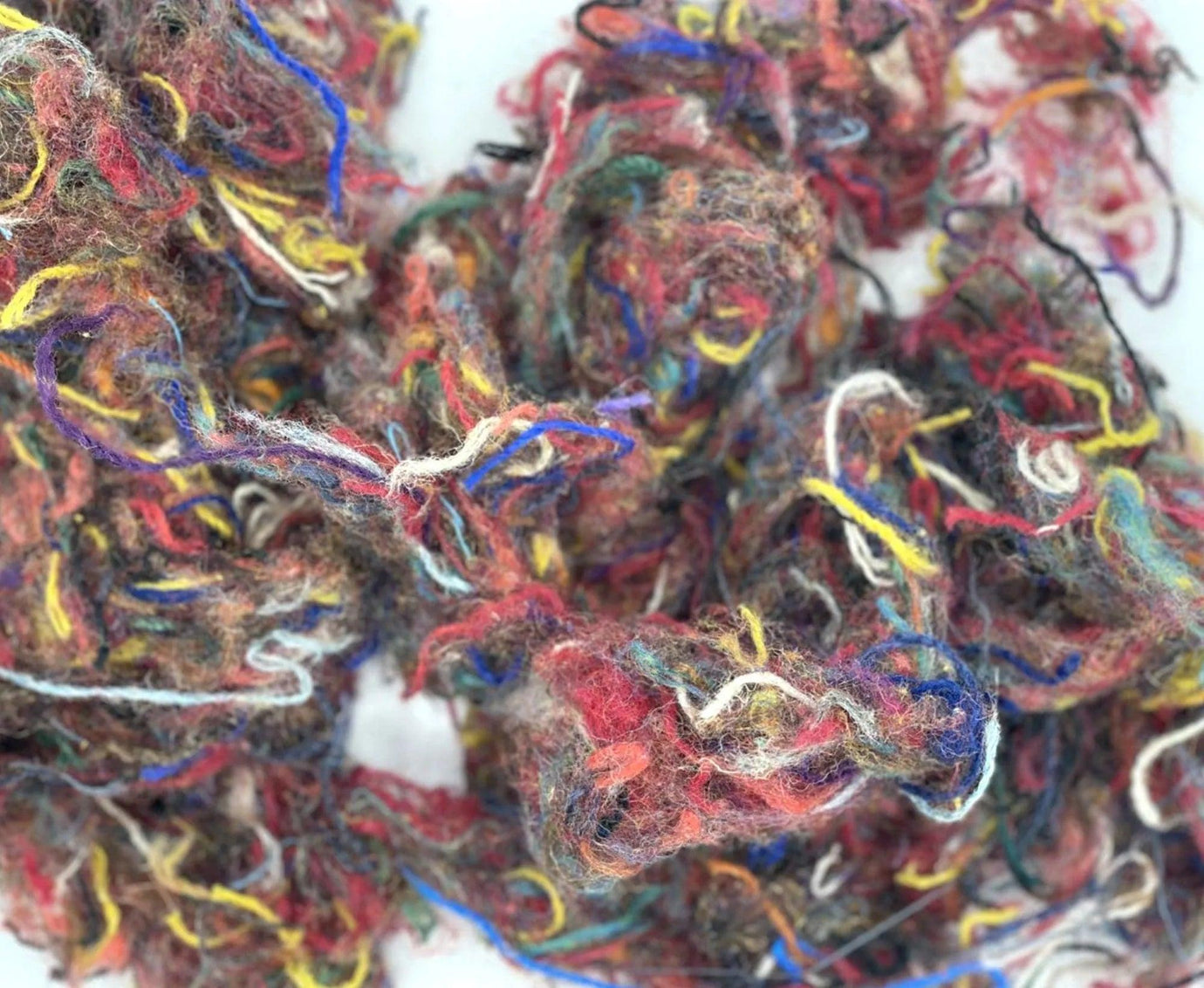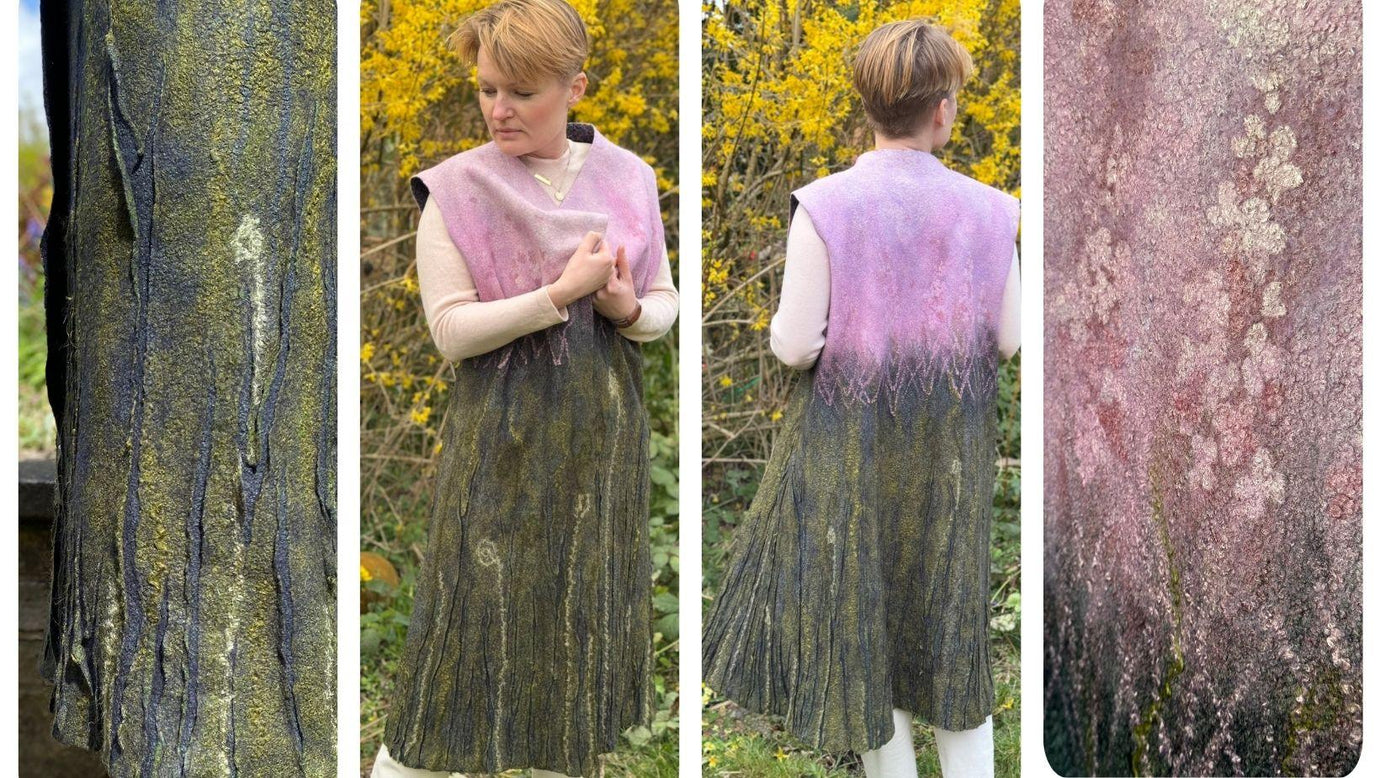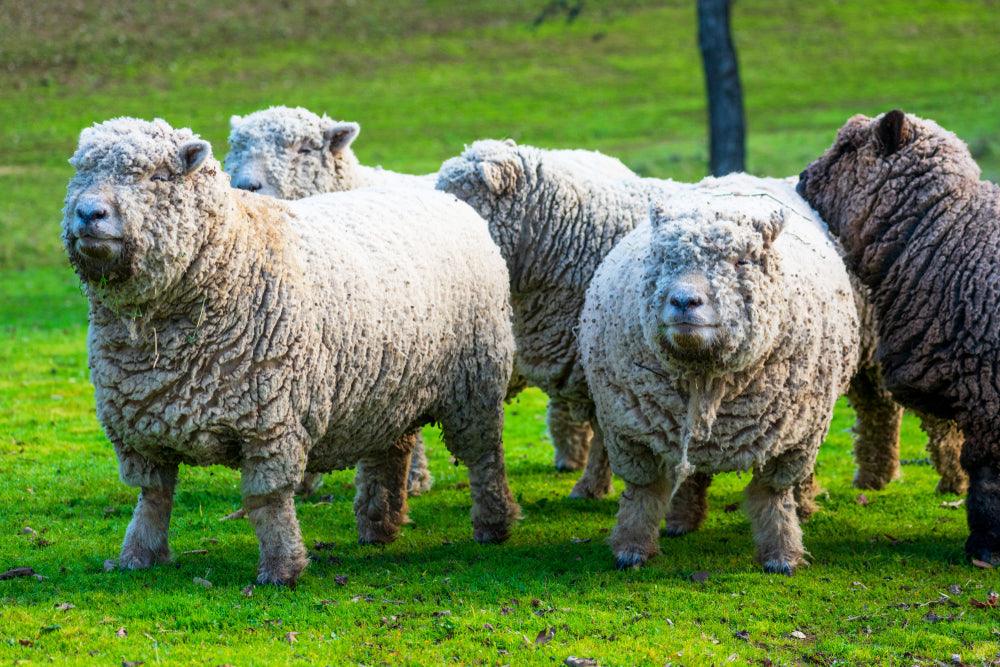New product: Drum carder
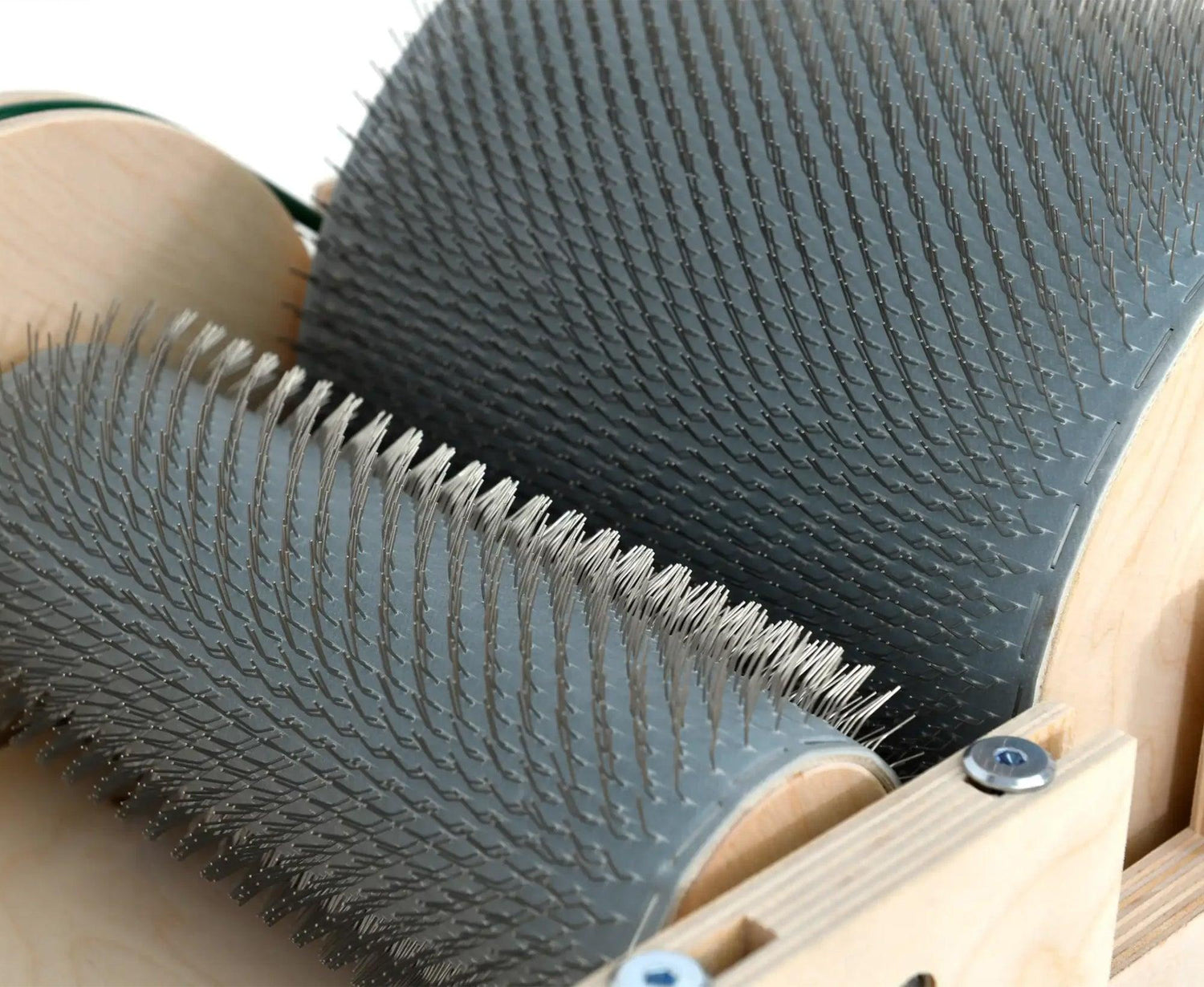
You asked for it, so we got our skates on and are very pleased to present to you - a drum carder! We know there will be mixed reactions here; 'Ooh yes! Finally!' and 'A drum carder...what does that do?' So, let's get down to it...
Drum carders are highly efficient tools which can be used for blending all sorts of fibres; from wools to silks, speciality fibres to effect fibres they can all be combined using this very handy piece of equipment. If you find that your hand carders aren't quite cutting the mustard, or that you're getting through wool as quickly as carding it then this could be the answer.
It would be doing carders a disservice to say they're just used for blending, because they're not. They are instrumental in the production of batts; solid, variegated and also art as they allow you to combine colours and textures easily without the worry of over-carding as you can see exactly what is going on to the drum.
Now we know what they can do, let's get technical...
Drum carders are basically very small, more simple versions of what we have in our mill...though ours aren't powered by a hand crank!
The tines on the machine are known as carding cloth and are lots of angled pieces of metal which help to card the fibre. They're not sharp per-se, but you probably wouldn't want to pat it too hard! The cloth on our carders is 72tpi which is 72 teeth per square inch. Carding cloth comes in a few different tpi versions with 54tpi (the lowest) being used for coarse fibres and 190tpi (the highest) being use for fine fibres such as cashmere. 72tpi is very versatile and will happily work with any fibre combination; you can ue it for fibres such as cashmere but you may find that they nepp more readily while being blended.
The carder works by pulling fibre in using the small roller at the front (known as a 'lickerin') which then transfers the fibre to the larger drum roller at the back. As the crank is turned the rollers work at different rates due to the gearing ratio; this means you don't need to zoom along at 1,000rpm to be productive! Fibre is removed from the rear drum using a doffer, which is a pointy piece of metal (a bit like an awl) which you slide underneath the carded fibre along a little metal rail; as you slide the doffer along the rail you lift gently and this will help to split the fibres along this line so you can gently pull the batt off the machine. This removal method means you're not cutting fibres, which is always a good thing!
Our carders come with a couple of pieces of important equipment that you really do need when you're using them.
The first is table clamps. Never underestimate the weight of the carder or the amount it will happily slide around any surface as you're trying to work! This is a machine with moving parts and if you're not paying attention you could catch your finger or hand in the workings (and feel very silly when you've done so!). Make sure you always use the clamps to secure the carder to the table or surface you're working on; you shouldn't be able to move it once this is done properly.
The second important piece is the cleaning brush; it looks like a mini hand carder. The nature of carders means that wool loves to get stuck in them and if you don't want cross-contamination in your batches you need to make sure they're clean! This can be done by gently flicking the brush over areas of trapped wool and then peeling the wool off the bush. With kempy fibres such as Herdwick you may find that the kemp likes to nestle between the tines; if the brush doesn't extract these you can very carefully use the tip of the doffer to pull them out, just be careful not to damage the carding cloth.
For general cleaning the carder can be wiped down after use with a lightly damp cloth; they can get dusty from the fibres and clean machines will work better!


